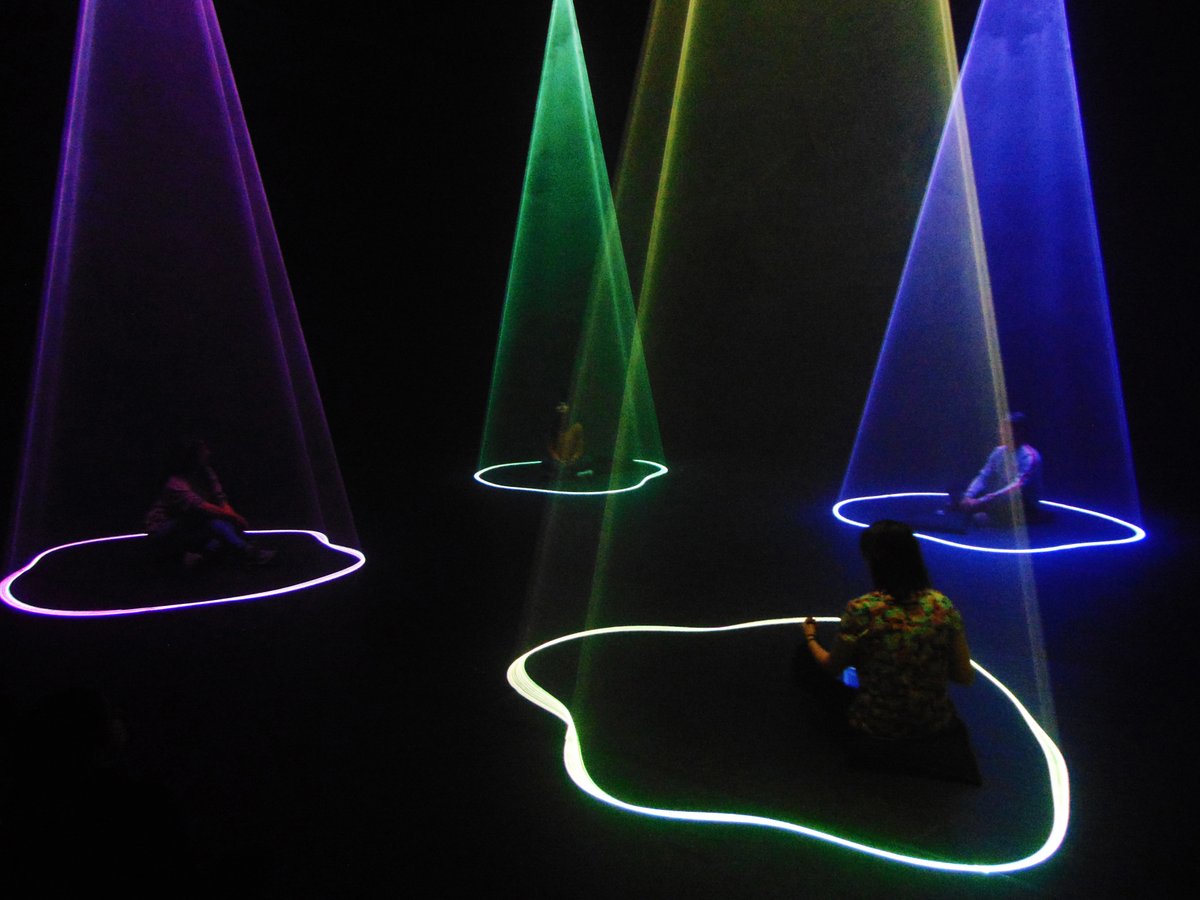function setup() {
createCanvas(400, 600);
}
function draw() {
background(54, 47, 117);
// print(mouseX, mouseY);
// hair
beginShape();
strokeWeight(2);
stroke(0)
fill(0);
curveVertex(40, 600);
curveVertex(40, 600);
curveVertex(63, 358);
curveVertex(108, 255);
curveVertex(198, 216);
curveVertex(288, 255);
curveVertex(334, 358);
curveVertex(360, 600);
curveVertex(360, 600);
endShape();
// shoulder and neck
beginShape();
strokeWeight(2);
stroke(0)
fill(253, 236, 231);
curveVertex(92, 600);
curveVertex(92, 600);
curveVertex(114, 555);
curveVertex(147, 534);
curveVertex(173, 521);
curveVertex(184, 490);
curveVertex(216, 490);
curveVertex(227, 521);
curveVertex(253, 534);
curveVertex(286, 555);
curveVertex(308, 600);
curveVertex(308, 600);
endShape();
// face
beginShape();
strokeWeight(4);
stroke(0)
curveVertex(199, 500);
curveVertex(199, 500);
curveVertex(135, 466);
curveVertex(120, 369);
curveVertex(159, 334);
curveVertex(198, 300);
curveVertex(218, 334);
curveVertex(280, 369);
curveVertex(265, 466);
curveVertex(199, 500);
curveVertex(199, 500);
endShape();
// clothes
beginShape();
fill(253, 151, 156);
curveVertex(92, 600);
curveVertex(92, 600);
curveVertex(114, 555);
curveVertex(147, 534);
curveVertex(173, 521);
curveVertex(201, 546);
curveVertex(227, 521);
curveVertex(253, 534);
curveVertex(286, 555);
curveVertex(308, 600);
curveVertex(308, 600);
endShape();
// eyes
fill(0);
circle(160, 400, 26);
circle(240, 400, 26);
// eyelids
strokeWeight(8);
noFill();
arc(160, 393, 34, 16, PI + PI/24, - PI/6);
arc(240, 393, 34, 16, PI + PI/6, - PI/24);
// eyebrows
arc(160, 380, 52, 20, PI + PI/16, - PI/6);
arc(240, 380, 52, 20, PI + PI/6, - PI/16);
// mouth
strokeWeight(8);
stroke(0)
line(192, 450, 210, 450);
// nose
arc(201, 430, 14, 8, PI + PI / 10, TWO_PI - PI / 10);
// stars
noStroke();
fill(251, 255, 5);
triangle(112, 54, 120, 24, 128, 54);
triangle(112, 56, 120, 86, 128, 56);
triangle(90, 56, 120, 48, 120, 64);
triangle(120, 48, 120, 64, 150, 56);
triangle(312, 154, 320, 124, 328, 154);
triangle(312, 156, 320, 186, 328, 156);
triangle(290, 156, 320, 148, 320, 164);
triangle(320, 148, 320, 164, 350, 156);
circle(50, 80, 8);
circle(170, 150, 16);
circle(230, 50, 12);
circle(360, 100, 12);
/* when mouse is on canvas,
the circle stars will start blinking,
and the character will open her mouth */
if ((mouseX > 0) & (mouseX < width) &&
(mouseY > 0) && (mouseY < height)) {
// add rings for blinking effect
let starR1 = random(8, 16);
let starR2 = random(16, 24);
let starR3 = random(12, 18);
noFill();
strokeWeight(1);
stroke(251, 255, 5)
circle(50, 80, starR1);
circle(170, 150, starR2);
circle(230, 50, starR3);
circle(360, 100, starR3);
// open mouse
strokeWeight(6);
stroke(0);
fill(254, 97, 97);
arc(201, 451, 22, 30, 0, PI);
}
}
Author: Shan
LO: My Inspiration

Title: Aura
Creator: Nick Verstand, Salvador Breed, Naivi
Link: https://www.dezeen.com/2017/11/25/aura-installation-translates-emotions-into-beams-of-light-studio-nick-verstand-dutch-design-week/
During 2017’s Dutch Design Week, artist Nick Verstand created an immersive audiovisual installation named Aura that translated visitors’ emotions into light pulses. I’m inspired by this project as it makes the visitors part of the art. As visitors entered the space, music was played to evoke emotional responses. Physiological signals including EEG, heart-rate, and galvanic skin response were then recorded by the various biosensors visitors wore and later used to generate light beams with different forms, colors and intensities surrounding the visitors like curtains.
The project aimed to explore the use of light as art medium and paid tribute to artist Anthony McCall. It’s is unclear how long the project took. But it likely required the three artists to write custom scripts as they needed to translate signals from biosensors to light output. This work shows how technology can externalize and recreate the experience of human emotions.
![[OLD SEMESTER] 15-104 • Introduction to Computing for Creative Practice](../../wp-content/uploads/2023/09/stop-banner.png)